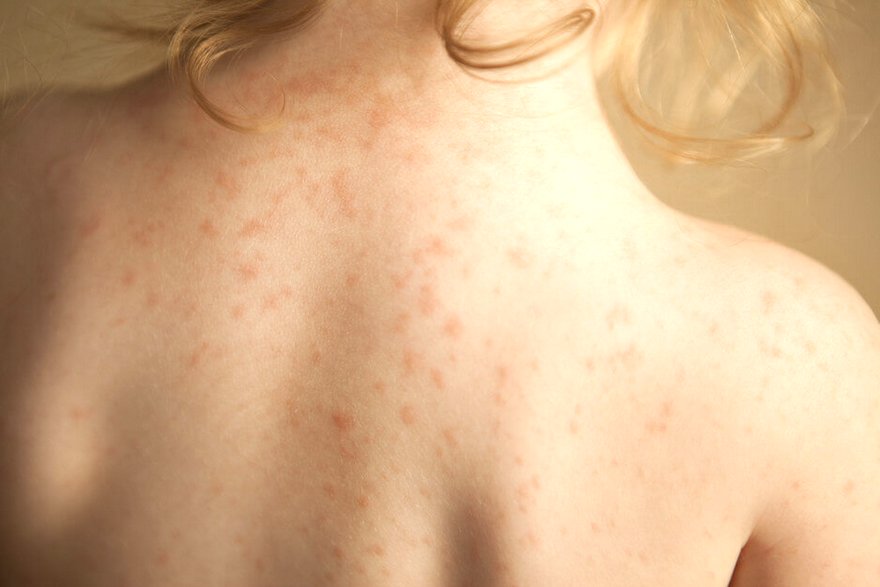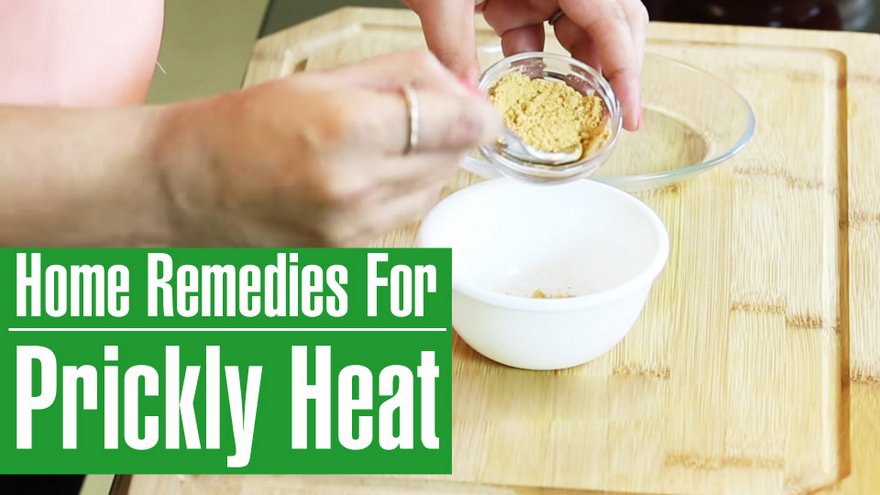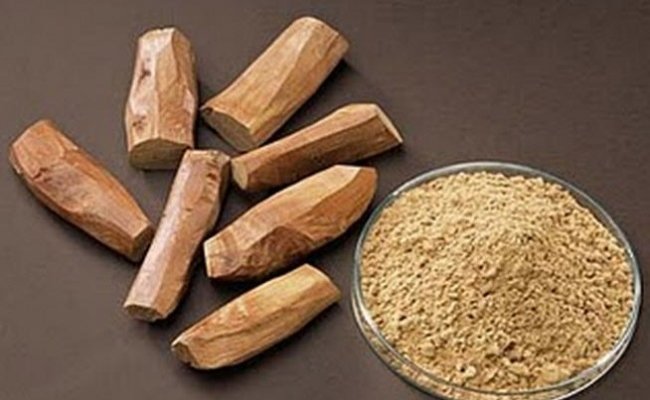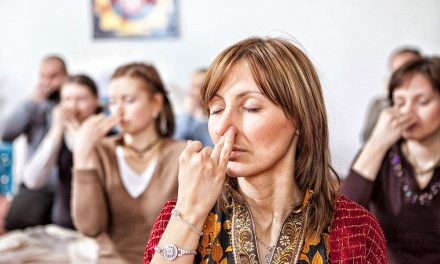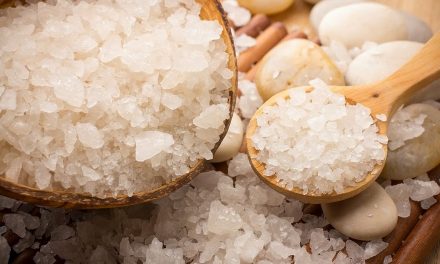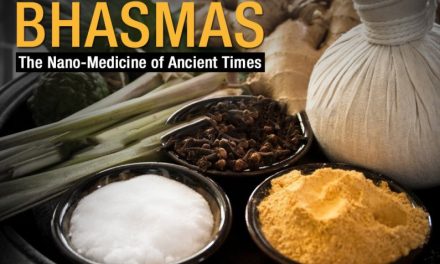Prickly heat is common in hot regions and seasons but in a few Pitta dominant people, it is found irrespective of the seasons. In a few others, it happens due to specific foods and beverages.
It is an itchy rash of small raised red spots that causes a stinging or prickling sensation on the skin. It can develop anywhere on the body, but it most commonly occurs on your face, neck, back, chest and thighs. It usually appears a few days after exposure to hot temperatures.
[wp_ad_camp_1]
The rash is made up of tiny spots or bumps that are surrounded by an area of red skin. It is associated with tingling and pricking sensation. It causes the desire to itch constantly, in the sufferers.
Prickly Heat Rash Causes
It usually develops when a person sweats more than usual, such as during summer. However, it is also possible to get prickly heat in the winter.
The condition is caused when the body’s sweat glands become blocked. Excessive sweating can result in sweat becoming trapped beneath your skin. The trapped sweat causes skin irritation and the characteristic heat rash.
The symptoms of prickly heat are usually worse in areas that are covered by clothing. This is because clothing makes you sweat more and also causes friction.
Who Can Get Prickly Heat?
People living in hot climate. People who are limited to bed. Here, bed is accumulated more in the underneath areas, causing more friction and heat rashes. Sports people who spend their days under the sun. People with Pitta body type – their body usually has more warmth and they usually sweat more. Even during winter, wearing heavy clothing may cause friction with sweating leading to prickly rashes.
Sitting too close to a fire or heater. Obese people sweat more. This is because Sweda – sweating is considered as a waste product of Medas – fat tissue. Babies and children are also more at risk of getting prickly heat, because their sweat glands are not fully developed.
Ayurvedic Correlation:
This can be co-related to Pittaja masoorika, as all the classical features resemble with the prickly heat. In medical terms, this is known as Miliaria rubra.
Features of prickly heat (Pittaja masoorika):
1. Multiple small blisters in the body surface, usually in summer season
2. Burning sensation
3. Itching causes momentary relief and further it worsens burning sensation
4. Wide spread lesion in face, back, hand, chest and abdomen
5. Pleasure by taking the cold water bath or sitting beneath the fan
6. Rarely fever may be associated, in its severity
7. Occasional pus discharge
8. More incidences in the children, chronic diseased and pregnant.
Line of treatment and Ayurvedic remedies in Prickly heat:
1. All Pitta pacifying measures are undertaken.
2. Cold water, cold atmospheric conditions are preferred.
3. Avoid spicy, irritant food and alcohol .
4. External medicaments which are helpful to reduce the body heat can be applied.
External Applications Useful in Prickly Heat:
1. Ayurvedic oils useful in Prickly heat rashes:
Chandanadi taila
Durvadi taila
Himasagara tailam
A tablespoon of Coconut oil mixed with half a teaspoon of turmeric powder – Useful to relieve itching instantly. if the rashes are the only symptoms, then applying this oil, leaving it for 10 minutes, then washing off with besan powder (gram flour) is sufficient to ward off rashes. If there are other associated symptoms, then oral medicines will also be required. (see below).
2. Talcum powder (Dugdhapashana) may be dusted over the parts.
Simple and Effective Home remedies For Prickly Heat:
1. Equal quantities of Durva (Cynodon dactylon), Chandana (Sandalwood powder) and Ushira (Khas khas grass) are taken and fine paste is made. While making the paste, rose water may be added. This fine paste is applied over the area where prickly heat is affected. This cures the discoloration, burning sensation etc too.
2. Two teaspoons of onion juice is mixed with a spoon of ghee and rubbed well. This gives a viscous ointment (emulsion). This is applied over the area of prickly heat.
3. Fine paste of red sandal wood (Rakta chandana) or sandal wood is prepared. To this half teaspoon of talcum powder is added and mixed thoroughly. This paste is applied over the area of prickly heat.
4. Lemon juice or coccum juice (5-10 ml) is added to 250-300 ml of water. Sugar is added to this and dissolved. A little cardamom powder may be added. This helps to reduce burning sensation caused due to prickly heat.
Internal Medication for Prickly Heat:
1. Kamadugdha with mouktika – a coolant containing the medicated ash of Mukta (pearl) , Pravala(coral) etc.,
2. Chandrakala rasa – possesses Ketaki (Pandanus sp.), Usheera (Vettiver) etc pitta pacifying agents. They calm down both body and mind.
3. Godanti bhasma– This medicated ash of Gypsum soothens the skin and pacifies excess burning sensation without disturbing the digestive fire.
4. Gulkhand– Made of rose and sugar candy. Trustworthy formulation containing the rose petals is tasty, highly effective and a safe remedy in Paittic diseases.
5. Sarivadyasava– Being a formulation of Indian sarsaparilla contributes significantly In pacifying pitta.
6. Chandanasava– Soothener, complexion enhancer and natural deodorant and decreases even the excess sweating too.
7. Usheerasava– Subsides burning sensation and takes out the warmth by its potent diuretic properties.
8. Shatavari rasayana- Nutritive, rejuvinative and calms down both body and mind. otherwise it is a good galactogogue too.
9. Pravala panchamruta -Coolant and contributes calcium in its decrease.
10. Pravala bhasma – Being a formulation of Coral calms the mind and body which is essential in prickly heat etc.
Tips to Prevent Prickly Heat:
Have cold water bath during summer or if you naturally sweat more.
Wear loose fitting cotton cloths which help to evaporate sweat quickly. Avoid polyester and nylon cloths.
If it is very hot, consider using air conditioner.
Whenever thirsty, drink plenty of water.


